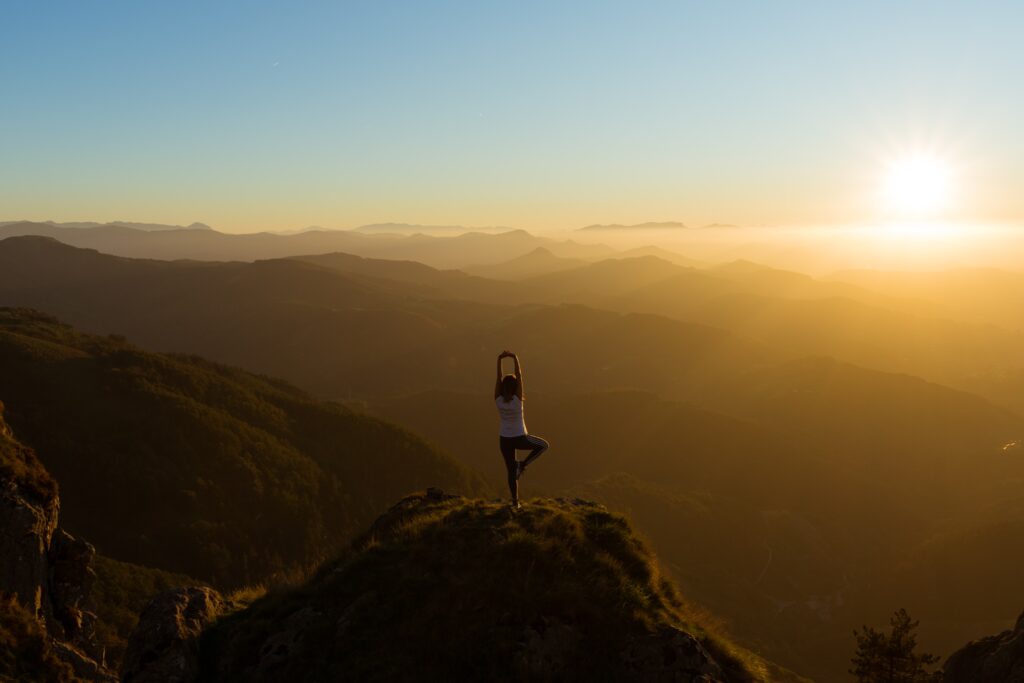
As loyal readers already know, I sometimes mention my yoga practice, which includes headstands, shoulder stands, tripod stands, etc. It helps give me a break from non stop work and travel. The important component of yoga I want to discuss today is the business of breathing.
Yoga involves controlled breathing, while the high-risk world of freediving involves holding your breath — these are two different ends of the spectrum with benefits for practitioners of either (or both). BusinessWeek discussed the need for conscious breathing in two 2017 articles.
Patrick Scott, in his June 19, 2017 article “Free Falling,” connects diving and holding one’s breath to a feeling of euphoria unlike any other. Freedivers talk about how the mind and body are altered. Surface cares dissolve — replaced by a profound immersion in the present.
The Guinness World Record for holding one’s breath underwater is 24 minutes and 3 seconds. However, most freedivers plan for 3 – 5 breathless minutes. The key is to relax and override the urge to breathe underwater by learning to embody the energy the flows throughout the universe.
Controlled breathing in Yoga
In yoga, there are many types of breathing all of which focus on the individual. One is Ujjayi breathing. This “victorious breath” has a balancing influence on the entire cardiorespiratory system, releases feelings of irritation and frustration, and helps calm the mind and body. With Ujjayi, there are many benefits:
- Increases the amount of oxygen in the blood
- Builds internal body heat
- Relieves tension and regulates blood pressure
- Builds energy
- Detoxifies mind and body
Another yoga breathing exercise is Sitali (or Sitkari) Pranayama, which literally means “to extend the vital life force.” There are three practices:
- Gentle “extended exhale” breathing
- Cooling breath
- Long exhale
A third type is Breath of Fire. You’ll breathe 2-3 times/second through the mouth and up to 120 -180 times/minute.
Lastly, there is alternative nostril breathing. In this case, breathing through the left nostril is calming and breathing through the right nostril has an energizing effect.
Take a Deep Breath by Jennifer Miller outlines five classes explaining the art of inhaling. After all, whether you breathe deeply or hold your breath, the right breath technique can lead to “physical and emotional release.” In the non stop work environment today — pressured to perform, to innovate, to respond, to deliver, to compete — it’s not a bad idea to take a breath and find the right path with intention.

